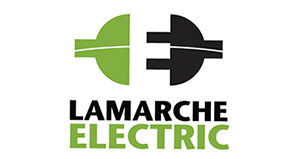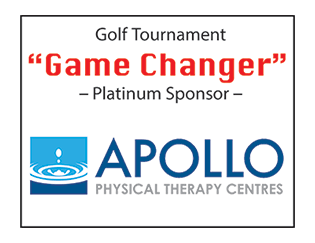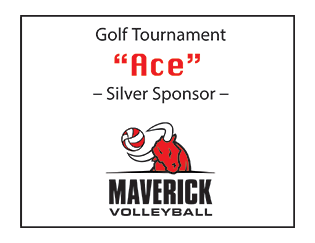MENU
- Home
- About
- News
- Programs
- Teams
- Practice Schedule – Prov Nat
- All Teams
- Girls
- Boys
- Mixed
- Past Seasons
- 2023-2024
- Girls
- 18U Maverick Colts
- 18U Maverick Broncos
- 17U Maverick Gold Rush
- 17U Maverick Eldorado
- 16U Maverick Blackjacks
- 16U Maverick Wildcards
- 16U Maverick Gamblers
- 16U Maverick Aces
- 16U Maverick Roulette
- 15U Maverick Ambush
- 15U Maverick Stampede
- 15U Maverick Trailblazers
- 15U Maverick Scouts
- 14U Maverick Outlaws
- 14U Maverick Raiders
- 14U Maverick Desperados
- 14U Maverick Rascals
- 13U Maverick Rattlers
- 13U Maverick Sidewinders
- 13U Maverick Vipers
- Boys
- 18U Maverick Mustangs
- 18U Maverick Stallions
- 17U Maverick Rangers
- 17U Maverick Marshalls
- 17U Maverick Cowboys
- 16U Maverick Longhorns
- 16U Maverick Bulls
- 16U Maverick Toros
- 16U Maverick Rodeo
- 15U Maverick Chargers
- 15U Maverick Brigade
- 15U Maverick Cavalry
- 14U Maverick Bandits
- 14U Maverick Renegades
- 13U Maverick Copperheads
- Mixed
- Girls
- 2023-2024
- Squads
- Tryouts
- Coaches Corner
- Store














